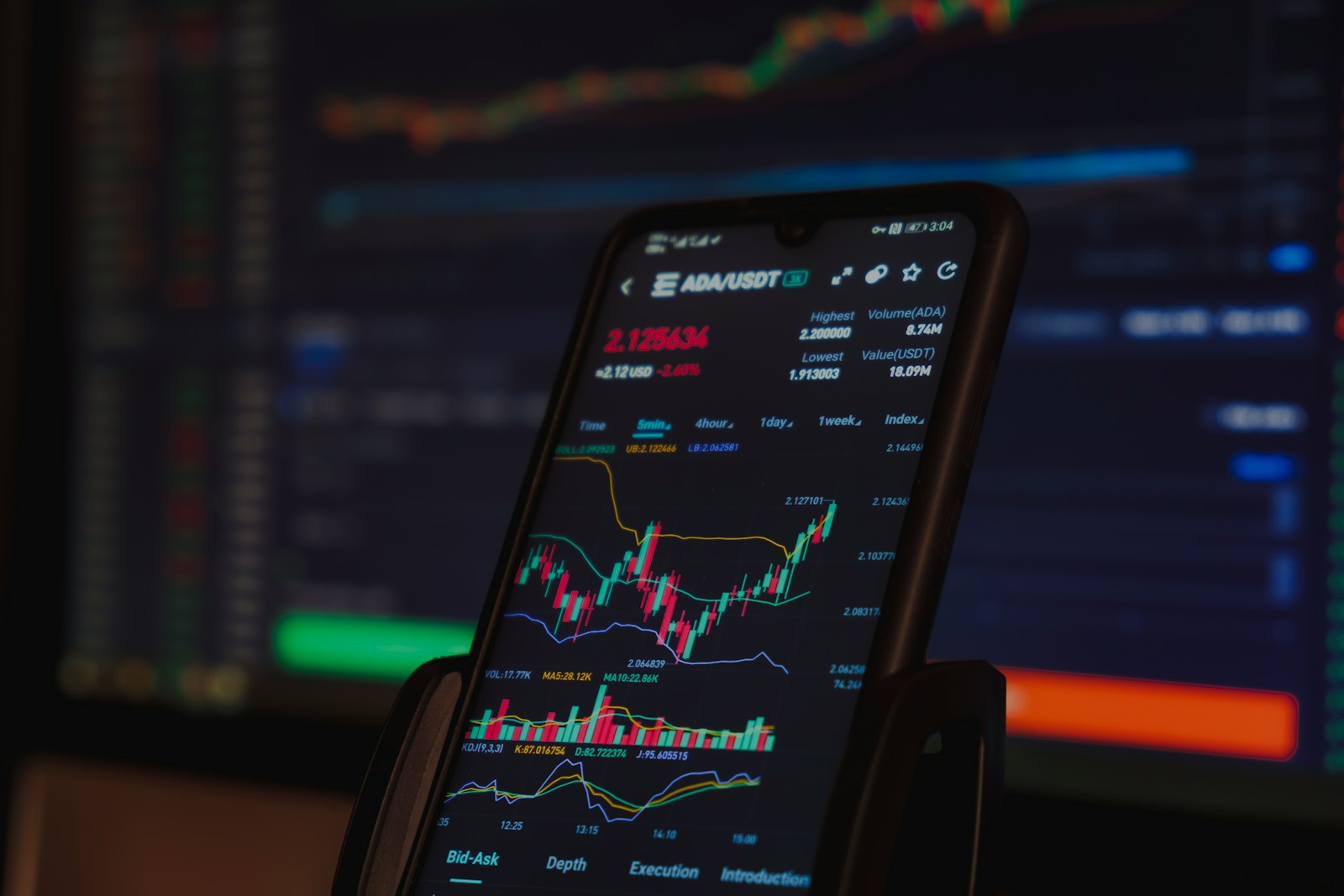
Large holders control a substantial portion of the total volume in many digital asset ecosystems. For instance, in Bitcoin, the top 2% of addresses hold over 90% of circulating supply, granting them significant influence over price dynamics. These concentrated stakes enable coordinated trading actions that can trigger sharp market swings without corresponding changes in overall demand.
Their impact goes beyond mere volume. When such entities execute sizable buy or sell orders, liquidity pools react abruptly, often resulting in slippage and volatility spikes. This phenomenon opens avenues for market manipulation strategies like spoofing or wash trading, where appearance of activity distorts genuine supply-demand signals. Recognizing these patterns is critical for traders aiming to avoid adverse price movements triggered by large stakeholders.
Recent episodes reveal how sudden off-chain transfers between major wallets precede dramatic price shifts. During early 2024, several high-profile transactions involving substantial token blocks coincided with rapid declines on decentralized exchanges. Such maneuvers illustrate the subtle but powerful role these dominant accounts play in shaping short-term sentiment and influencing trading behavior across multiple platforms.
Large Holders and Their Influence on Asset Prices
Significant holders with substantial volume often exert considerable influence over trading dynamics. When these entities execute large transactions, they can cause rapid price shifts due to the sudden change in supply or demand. For example, a single sell order representing 5% of the daily volume can create downward pressure, triggering stop-losses and cascading liquidations. Understanding these moves is essential for traders aiming to anticipate potential volatility spikes stemming from concentrated ownership.
Market manipulation through coordinated actions by dominant holders remains a debated topic but cannot be dismissed outright. Techniques such as spoofing–placing large orders without intent to execute–or wash trading artificially inflate perceived activity, misleading participants about genuine liquidity and sentiment. Regulatory bodies increasingly monitor suspicious patterns linked to outsized accounts to curb distortions that undermine market integrity.
Volume Concentration and Price Impact Mechanisms
The concentration of asset supply among a limited number of wallets influences price formation significantly. Large holders’ decisions to accumulate or divest can shift equilibrium prices by altering available circulating volume. Historical data show that when top 1% holders reduce their holdings by over 10%, it frequently precedes a correction phase within days due to sudden increases in sell-side pressure.
Conversely, accumulation phases by these stakeholders tend to tighten liquidity, often leading to upward price momentum as buy orders outnumber sells at prevailing levels. A notable case occurred in early 2023 when an entity controlling approximately 8% of total supply quietly increased positions over several weeks; this coincided with a sustained rally exceeding 25% before broader market factors influenced subsequent movements.
- Liquidity absorption: Large purchases remove available tokens from open market.
- Order book imbalance: Heavy buys or sells skew spreads and depth.
- Psychological impact: Awareness of significant holder activity affects trader behavior.
These interrelated effects underscore why monitoring wallet distribution metrics alongside volume patterns offers valuable insights into potential directional trends influenced by major accounts.
Increased transparency tools now allow analysts to trace transaction flows between prominent addresses, enhancing detection of strategic positioning versus opportunistic trades. For instance, clustering analysis revealed that certain entities coordinate entry and exit points across multiple exchanges simultaneously, amplifying their impact beyond isolated platforms. Such findings highlight the technical sophistication behind some large-scale operations rather than mere random market participation.
A comprehensive evaluation of these dynamics aids in distinguishing genuine trend shifts from artificial fluctuations engineered through volume manipulation tactics. Traders equipped with such knowledge can better calibrate risk management strategies when confronted with activity originating from concentrated holders wielding outsized influence over market behavior.
Identifying whale transactions on-chain
Tracking large holders’ movements requires focusing on transaction volume and wallet activity patterns. Whale transfers often stand out due to their substantial size relative to average network transactions, frequently exceeding tens of thousands of tokens or millions in fiat value. For instance, a single transfer exceeding 10,000 BTC can signal significant market influence, prompting close monitoring for potential price impact or manipulation attempts.
On-chain analytics tools enable the detection of such large transfers by aggregating data from multiple blocks and highlighting unusually high-value transactions. Monitoring these flows helps distinguish routine exchanges from strategic repositioning by major holders whose actions may precede notable shifts in asset prices. Identifying concentrated holdings and sudden redistribution events is crucial in assessing potential market moves.
Technical markers of large holder activity
Large wallet addresses typically exhibit distinct trading behaviors: infrequent but high-volume transfers followed by periods of dormancy. Analyzing transaction timestamps alongside volume spikes reveals patterns suggesting accumulation or liquidation phases. Additionally, clustering algorithms help link related wallets controlled by the same entity, uncovering coordinated moves that can amplify influence.
An exemplary case is the 2021 Ethereum network surge when several wallets transferred over 50,000 ETH within short intervals prior to price corrections. This demonstrated how consolidated holdings could be redistributed rapidly without triggering immediate market panic but subsequently affected liquidity and volatility.
The impact of such whales extends beyond direct selling; their presence can modify order book dynamics as other traders anticipate large-scale entries or exits. Consequently, monitoring the timing and frequency of these transactions provides early signals about potential price swings linked to institutional or individual holders with significant stakes.
Distinguishing manipulation from natural trading activity
Not all high-volume movements indicate manipulative intent; some represent portfolio rebalancing or cross-exchange arbitrage by legitimate participants. To differentiate, analysts examine correlated on-chain metrics like gas usage anomalies, order book depth changes, and subsequent price behavior post-transaction.
- Example: A sudden transfer followed by a sharp sell-off within minutes might suggest pump-and-dump tactics.
- Conversely: Gradual accumulation paired with consistent buy pressure likely reflects organic demand growth.
This nuanced approach avoids false positives while highlighting suspicious sequences where whales exploit their position to distort market sentiment or induce volatility for profit.
Recent developments in whale transaction analysis
Advancements in machine learning now allow dynamic classification of large holder actions based on historical data and real-time inputs. These models assess variables such as transaction routing complexity, multi-wallet coordination, and timing relative to macroeconomic news releases–factors that historically correlate with heightened market manipulation.
A practical illustration occurred during Q1 2024 when predictive analytics flagged coordinated token dumps across several decentralized exchanges shortly before a major regulatory announcement, enabling traders to mitigate risks effectively by adjusting positions ahead of anticipated price drops caused by influential holders’ reactions.
The role of transparency and public ledger data
The inherent transparency of blockchain allows continuous scrutiny of wallet balances and transaction histories without intermediaries. Publicly accessible explorers facilitate tracking large holders’ movements over time, fostering greater accountability compared to opaque traditional financial systems where insider actions remain concealed.
This data emphasizes the importance of integrating on-chain analysis with broader market intelligence for comprehensive assessment of holder strategies influencing asset trajectories.
Synthesis: leveraging whale transaction insights for strategic advantage
A thorough understanding of large holder transfers enhances forecasting precision regarding supply shocks and liquidity shifts that drive price fluctuations. Traders equipped with this knowledge adjust their exposure proactively rather than reactively responding to volatile swings triggered by dominant stakeholders’ decisions.
The ability to interpret complex wallet activities also aids compliance teams detecting illicit manipulation schemes aiming at undermining fair trading conditions. Ultimately, identifying meaningful transactional signals amidst vast blockchain data streams remains an indispensable skill for informed decision-making amid evolving decentralized ecosystems.
Whale-driven market manipulation tactics
Large holders often execute manipulation strategies by leveraging significant volume in their transactions to create artificial price movements. One prevalent method is the “pump and dump,” where these entities initiate rapid buying to drive prices upward, attracting retail investors who react to sudden momentum. Once the price inflates sufficiently, they liquidate sizable positions, causing a sharp decline. For example, during mid-2023, a notable instance involved a wallet controlling over 50,000 tokens that orchestrated a coordinated surge on a mid-cap asset, triggering a 30% price increase within hours before rapidly offloading holdings.
The impact of such actions extends beyond immediate price volatility; it can distort perceived market sentiment and mislead algorithmic trading systems relying on volume and order book data. Large traders influence liquidity pools by placing sizeable limit orders that create false support or resistance levels. These orders may be canceled abruptly (spoofing), manipulating other participants’ expectations and prompting reactive moves aligned with the whales’ intended direction. The SEC’s recent enforcement cases highlight this tactic’s prevalence across various exchanges, emphasizing its systemic risks.
Another common approach involves wash trading, where the same actor simultaneously buys and sells assets between controlled accounts to inflate apparent volume artificially. This deceptive practice generates an illusion of heightened activity and demand, enticing external traders to enter positions based on misleading signals. Technical analysis tools relying heavily on volume indicators become unreliable under such conditions. Case studies from late 2023 demonstrate how wash trading inflated volumes by up to 200% in specific token pairs before regulatory crackdowns reduced such manipulative behaviors substantially.
The influence of these large stakeholders also manifests through coordinated trading patterns known as “layering” or “order book layering,” where multiple staggered orders shape market perception while actual execution focuses on select price points. By fragmenting order sizes across different levels, manipulators obscure true supply and demand dynamics. This technique complicates order flow analysis and affects short-term pricing trends significantly. Observations from recent quarterly reports reveal that such layered tactics frequently precede abrupt directional shifts, underscoring their effectiveness in steering markets under current conditions.
Conclusion: Strategies to Trade Alongside Large Holders
Aligning trading tactics with the activity of substantial market participants requires a precise understanding of their influence on volume and price fluctuations. Monitoring on-chain data and order book depth can reveal patterns where significant holders initiate accumulation or distribution phases, often preceding notable shifts in liquidity and volatility.
For instance, during Q1 2024, a cluster of wallets controlling over 15% of circulating supply triggered sequential buy orders that increased average daily volume by 35%, driving prices upward ahead of mainstream awareness. This illustrates how informed traders benefit by positioning alongside such entities, leveraging insights from transaction clustering and block propagation delays.
Key Technical Insights and Future Implications
- Volume analysis: Sudden spikes in trade volume tied to large wallet activity often foreshadow directional moves. Incorporating volume-weighted average price (VWAP) thresholds aids in confirming whale-driven momentum.
- Liquidity pools: Understanding how major holders interact with decentralized exchanges’ liquidity provision reveals potential slippage points and arbitrage opportunities, especially during periods of elevated network congestion.
- Order flow tracking: Real-time monitoring of limit order modifications from addresses linked to sizable holdings can act as early warnings for impending market impact events.
The broader effect of these strategies extends beyond immediate trading gains. As regulatory frameworks evolve and transparency tools improve, the ability to anticipate large holder behavior will become increasingly refined. This could lead to more synchronized market responses, potentially reducing abrupt volatility spikes but also heightening competition among sophisticated traders.
In conclusion, adapting trading approaches to incorporate detailed analysis of influential entities’ movements empowers market participants to better manage risk and capitalize on emerging trends. Given current conditions marked by concentrated token ownership and fluctuating liquidity profiles, staying attuned to the footprints left by these major actors remains an indispensable edge for any serious trader aiming to navigate complex ecosystem dynamics effectively.








